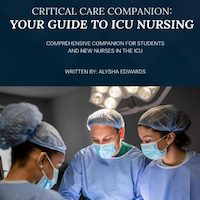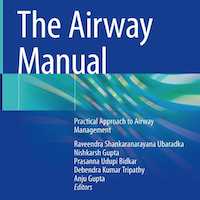Stories Category: Intensive Care
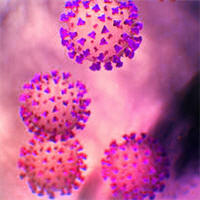
Managing Rising COVID-19 Cases in ICU
I have been working in intensive care for over 20 years, including a decade as a consultant, and facing winter pressures has always been the norm. However, the past 18 months have been something else. During the winter... read more
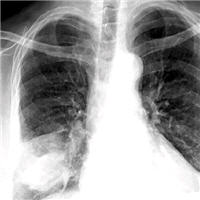
Incidence of Arrhythmia Higher in COVID-19 vs. Other CAPs
The incidence of arrhythmia was higher in COVID-19 than in other community-acquired pneumonia (CAP), with 2 out of 10 COVID-19 patients dying after developing arrhythmia. Higher incidence rates of conduction disorders... read more

COVID-19 Restructures the Host Chromatin Architecture
SARS-CoV-2 has made >190-million infections worldwide, thus it is pivotal to understand the viral impacts on host cells. Many viruses can significantly alter host chromatin, but such roles of SARS-CoV-2 are largely unknown.... read more
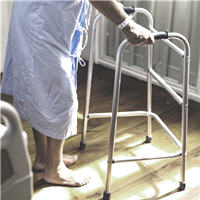
Effects of Early Mobilization on the Prognosis of Critically Ill Patients
Early mobilization was effective in enhancing the recovery of critically ill patients, but more large-scale, multicenter randomized controlled trials are required to further confirm these findings. A total of 39 articles... read more

Point of Care Ultrasound
Compact, hand-carried ultrasound devices are revolutionizing how healthcare providers practice medicine in nearly every specialty. The 2nd Edition of this award-winning text features all-new chapters, a greatly expanded... read more
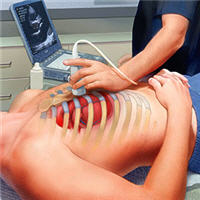
POCUS Diagnosis of Medial Plantar Artery Pseudoaneurysm Secondary to Penetrating Injury
Pseudoaneurysms of the foot are rare and can occur from a range of etiologies, including laceration from a foreign body. The majority of reported cases have been diagnosed by computed tomography, magnetic resonance imaging,... read more
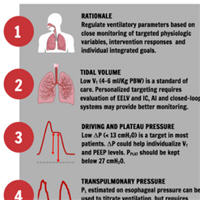
Personalized Mechanical Ventilation in ARDS
A personalized mechanical ventilation approach for patients with adult respiratory distress syndrome (ARDS) based on lung physiology and morphology, ARDS etiology, lung imaging, and biological phenotypes may improve ventilation... read more
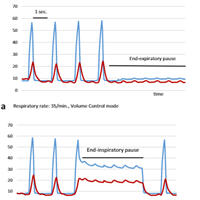
When Could Airway Plateau Pressure is Acceptable in ARDS Patients?
Limitation of plateau pressure (Pplateau) is critical for pro-tection from ventilator-induced lung injury in patients with acute respiratory distress syndrome (ARDS). Limiting to a 30 cmH2O threshold is a widely accepted... read more
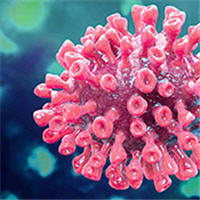
Neuropsychiatric Disorders and COVID-19
We read with interest the Article by Maxime Taquet and colleagues1 in The Lancet Psychiatry that evaluated a large population (n=236 379) for neurological and psychiatric complications of COVID-19 via analysis of diagnostic... read more

The Gut in COVID‑19
In the last year, a growing number of articles addressed coronavirus disease 2019 (COVID-19), including its link with gastrointestinal (GI) (dys)function. We here highlight the most important findings regarding the role of... read more
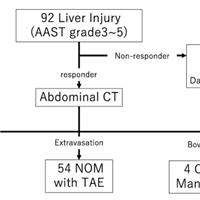
Transcatheter arterial embolization for severe blunt liver injury in hemodynamically unstable patients
Transcatheter arterial embolization (TAE) in hemodynamically unstable patients who responded to initial infusion therapy to some extent has acceptable in-hospital mortality and clinical failure rates. Hemodynamic instability... read more
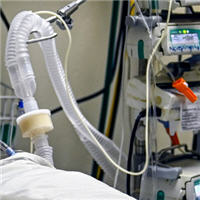
Effect of Graded Early Mobilization on Psychomotor Status and Length of ICU Stay in Mechanically Ventilated Patients
This research showed that graded early mobilization was highly effective to improve the motor and psychological status of mechanically ventilated patients and reduce their length of ICU stay. In the control group mean... read more
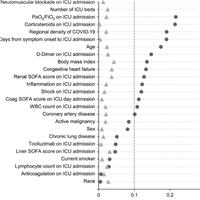
Prone Positioning and Survival in Mechanically Ventilated Patients with COVID-19
In-hospital mortality was lower in mechanically ventilated hypoxemic patients with coronavirus disease 2019 treated with early proning compared with patients whose treatment did not include early proning. Among 2,338 eligible... read more
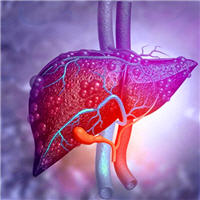
Liver Dysfunction and COVID-19 Infection
Severe acute respiratory syndrome coronavirus 2 infection is the cause of coronavirus disease 2019 (COVID-19), which predominantly affects the respiratory system; it also causes systemic and multi-organic disease. Liver... read more
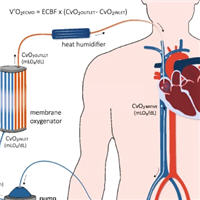
A Rational Approach on the use of ECMO in Severe Hypoxemia
Veno-venous extracorporeal membrane oxygenation (ECMO) is a helpful intervention in patients with severe refractory hypoxemia either because mechanical ventilation cannot ensure adequate oxygenation or because lung protective... read more
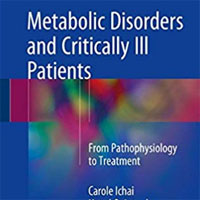
Metabolic Disorders and Critically Ill Patients: From Pathophysiology to Treatment
Cellular metabolic abnormalities are responsible for systems and organ failures, so the modern approach of organ dysfunctions now includes prevention or treatment of such disorders. This book is a comprehensive tool, allowing... read more
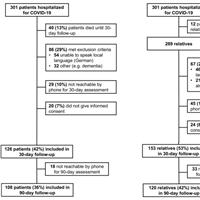
Psychological burden in patients with COVID-19 and their relatives 90 days after hospitalization
COVID-19 is linked to clinically relevant psychological distress in a subgroup of patients and their relatives 90 days after hospitalization. If confirmed in an independent and larger patient cohort, knowledge about these... read more


